Common Injuries in String Musicians and what to do about them
This is the first post in a series of blogs ‘A Physiatrist’s Perspective’ that have been written to help you understand the role of a Physiatrist in the assessment and management of orthopaedic injuries. The topics for these posts were chosen as Strive Physiatrist, Dr. Tam enjoys all three of these pursuits, allowing her exceptional insight into the successful management of related injuries. Let’s get started with exploring the unique needs of musicians!
A Physiatrist’s Perspective: Common Injuries in String Musicians
String musicians, whether they play the violin, viola, cello, or double bass, often face unique physical challenges due to the demands of their instruments. As a physiatrist, Dr. Tam’s role is to help assess and offer guidance to musicians to prevent, manage, and recover from injuries, ensuring they can continue to perform at their best.
Common Injuries Among String Musicians
Tendinitis
-
- Cause: Repetitive movements and prolonged playing sessions can lead to inflammation of the tendons, particularly in the shoulder, elbow, wrist and forearm.
- Symptoms: Pain, swelling, and tenderness in the affected area.
- Treatment: Rest, ice, anti-inflammatory medications, and physical therapy focusing on stretching, strengthening exercises, myofascial release and dry needling to help with muscle tightness. Shockwave therapy can also be used to address tendon pain.
Carpal Tunnel Syndrome
-
-
- Cause: Compression of the median nerve in the wrist, often due to repetitive wrist movements and poor posture.
- Symptoms: Numbness, tingling, and weakness in the hand and fingers.
- Treatment: Wrist splints, ergonomic adjustments, physical therapy to address postural contributions, help manage pain and nerve flossing, and in severe cases, surgical intervention.
-
Neck and Shoulder Pain
-
-
- Cause: Holding the instrument in a fixed position for extended periods can strain the head, neck and shoulder muscles.
- Symptoms: Pain, stiffness, and reduced range of motion in the neck, upper back and shoulders.
- Treatment: Postural training, stretching exercises, and manual therapy techniques such as massage, dry needling and/or acupuncture and joint mobilization.
-
Lower Back Pain
-
-
- Cause: Poor posture and prolonged sitting or standing while playing.
- Symptoms: Pain and stiffness in the lower back.
- Treatment: Ergonomic adjustments, and physical therapy for stretching, core strengthening exercises, joint mobilization and massage therapy to address muscle tightness and pain.
-
Prevention Strategies
- Ergonomic Adjustments
- Ensure the instrument and accessories (such as shoulder rests and chin rests) are properly fitted to the musician’s body to reduce strain.
- Regular Breaks
- Incorporate frequent breaks during practice sessions to rest and stretch the muscles.
- Strengthening and Stretching Exercises
- Engage in exercises that target the muscles used during playing to enhance strength and flexibility.
- Engage in exercises that target the less often used muscles aka ‘the forgotten ones’ to create balance in muscle strength across all planes of movement.
- Proper Technique
- Focus on maintaining good posture and technique to minimize unnecessary strain. Consider working with a teacher or coach to refine playing habits.
Rehabilitation and Return to Playing
When injuries do occur, a comprehensive rehabilitation plan is essential. This plan often includes:
- Physical Therapy: Customized exercises to restore strength, flexibility, and function. Myofascial release, dry needling and/or acupuncture can be used to address muscle pain and tightness.
- Massage Therapy: Techniques such as massage and joint mobilization to reduce pain and improve mobility.
- Gradual Return to Playing: As a team, your Physiatrist, Physiotherapist and Registered Massage Therapist will work together to create a structured plan to slowly reintroduce playing activities, ensuring the injury has healed adequately.
Key take aways
String musicians dedicate countless hours to perfecting their craft, and it’s crucial to address the physical demands of playing to prevent injuries. By understanding common injuries and implementing preventive measures, musicians can enjoy a long and healthy career. Should an injury occur, a Physiatrist can provide the necessary care to ensure a safe and effective return to playing.
Stay healthy and keep making beautiful music!
Have questions about how Physiatry can help you recover from injury? We would love to hear from you, send us an email to hello@striveto.ca and let’s connect!

